Eurozone PMI manufacturing dropped to 55.5 in May, down from 56.2, missed expectation of 56.0, hitting 15-month low.
PMI services dropped to 53.9, down from 54.7, missed expectation of 54.7, hitting, 16-month low.
PMI composite dropped to 54.1, down from 55.1, hitting 18-month low.
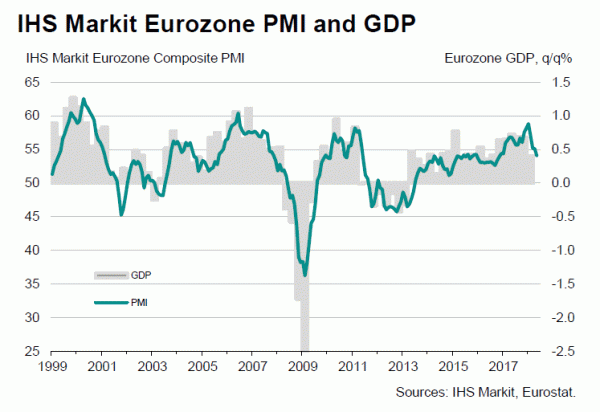
Comments from Chris Williamson, Chief Business Economist at IHS Markit:
“The May PMI brought yet another set of disappointing survey results, though once again a note of caution is required when interpreting the findings. While prior months have seen various factors such as extreme weather, strikes, illness and the timing of Easter dampen growth, May saw reports of business being adversely affected by an unusually high number of public holidays.
“Furthermore, despite the headline PMI dropping to an 18-month low, the survey remains at a level consistent with the eurozone economy growing at a reasonably solid rate of just over 0.4% in the second quarter.
“Job creation is also continuing to run at an encouragingly robust rate and optimism about the business outlook remains above its long-run average.
“However, it’s also becoming increasingly evident that underlying growth momentum has slowed compared to late last year, especially in relation to exports. Hiring has consequently shown signs of being reined-in. More expensive oil and rising wages are meanwhile continuing to push companies’ costs higher, but weak final demand means firms are struggling to pass these higher costs onto customers.
“Some of the fog will hopefully lift with the June PMI data, providing a clearer signal of the underlying growth momentum. Until then, however, it’s likely that the disappointing May survey results will rekindle some concerns regarding downside risks facing the euro area economy.”
Full release here.





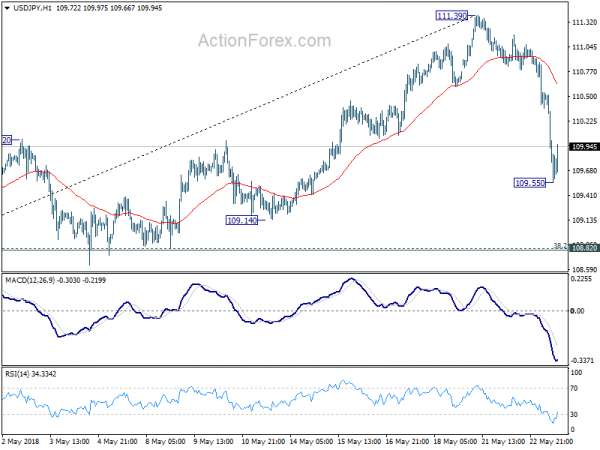
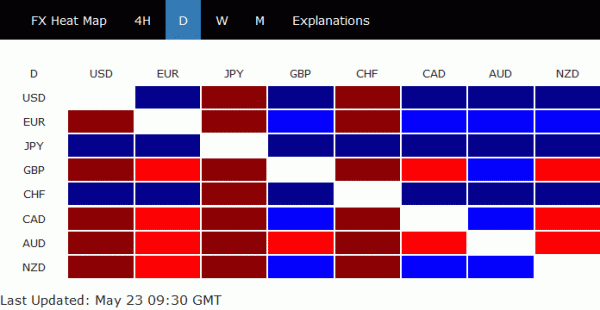
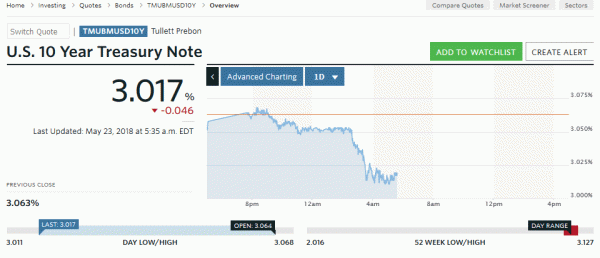
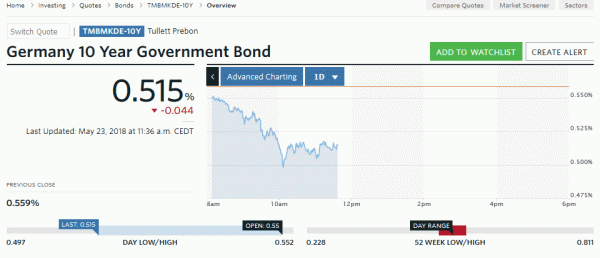
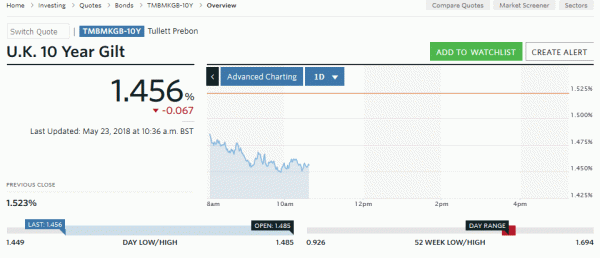
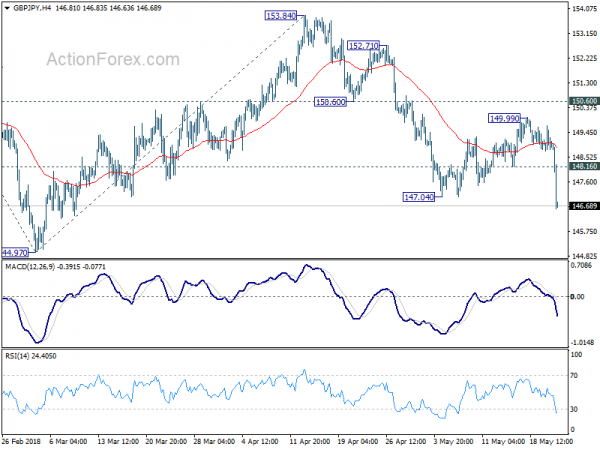
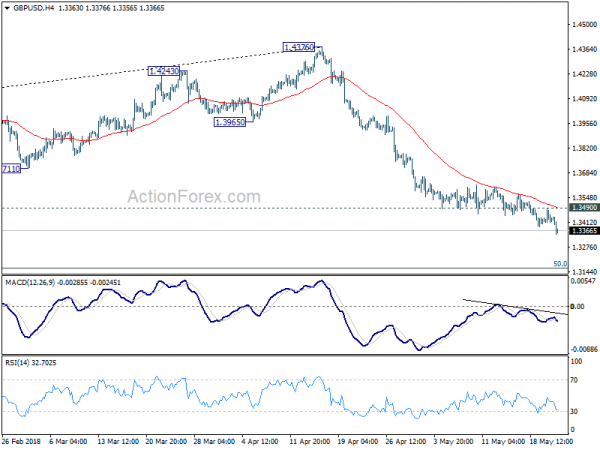
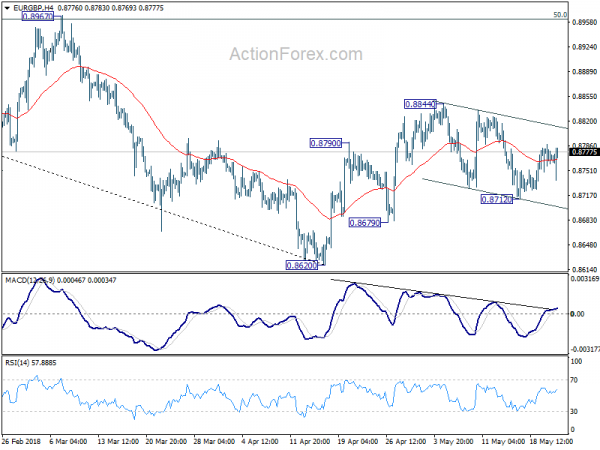

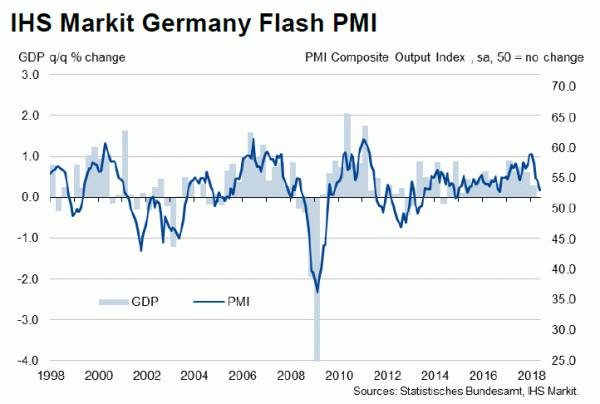
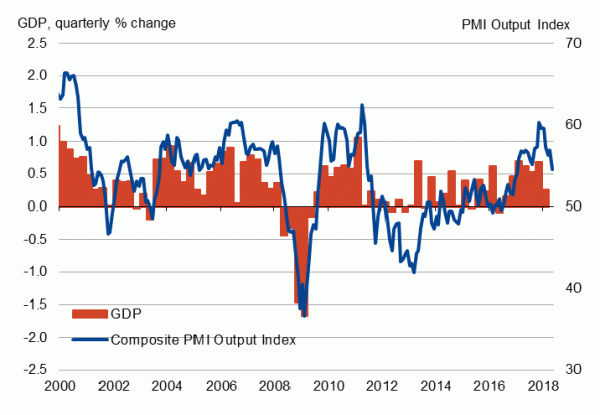
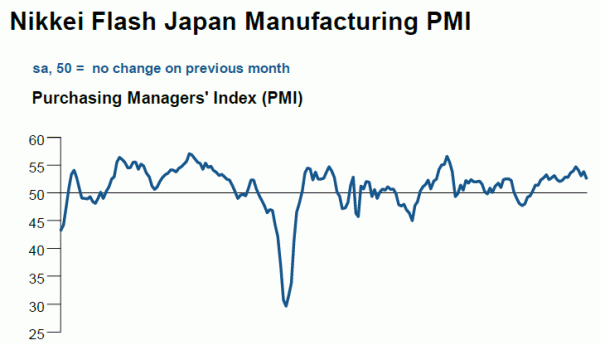
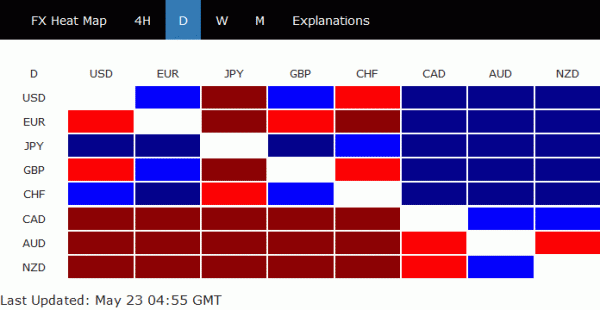

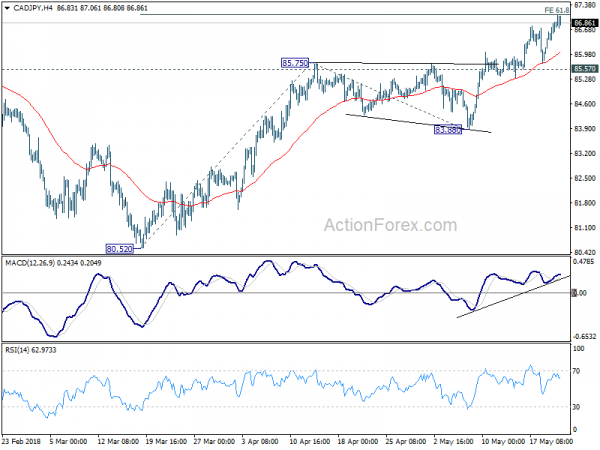
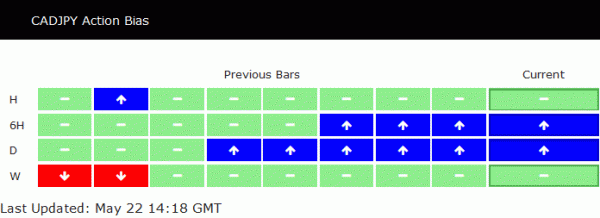
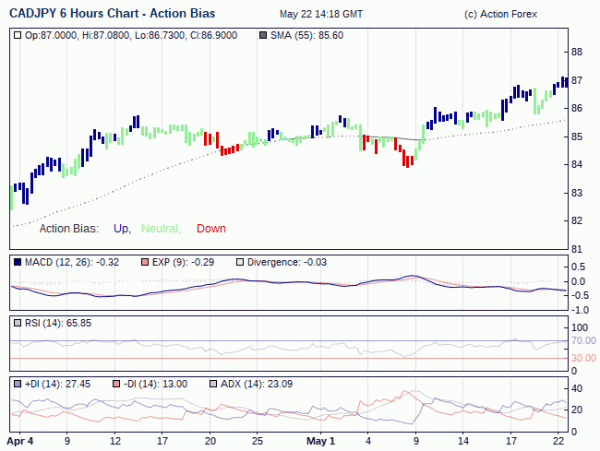
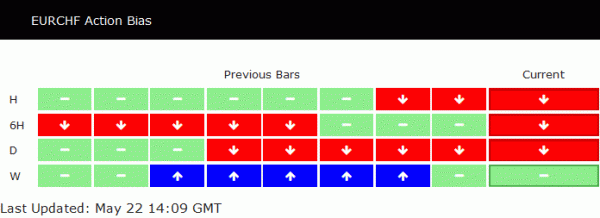
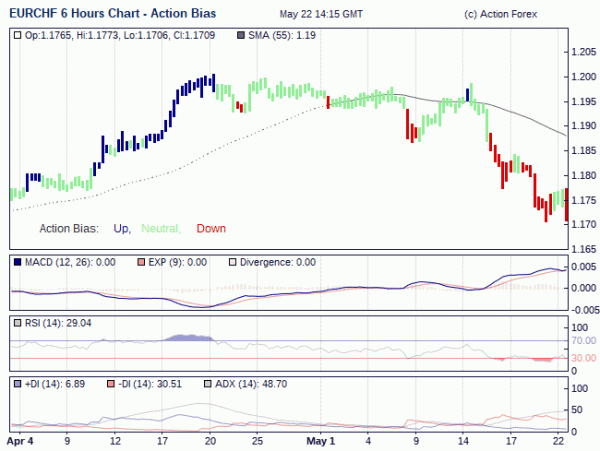
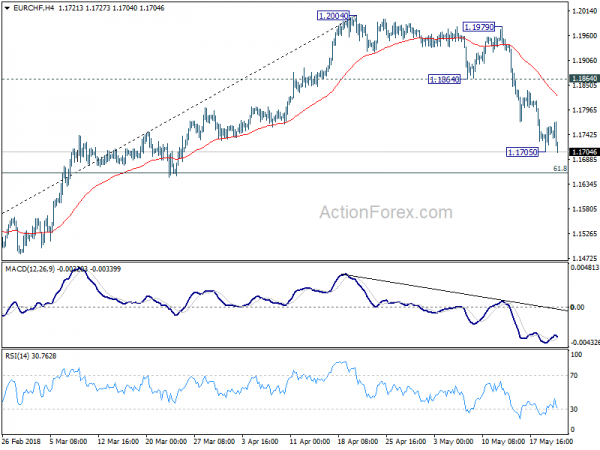
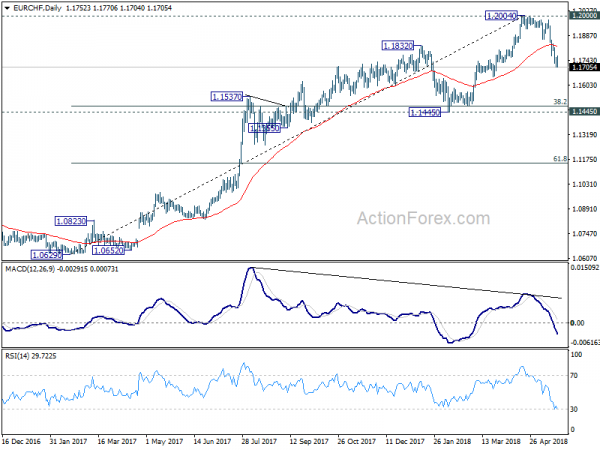

US May PMI points to encouragingly solid pace of economic growth of 2.5-3%
Markit US PMI manufacturing rose 0.1 to 56.6 in May, hitting 44 month high. PMI services rose 1.1 to 55.7, at 3 month high. Both were above market expectations.
PMI composite rose to 55.7, up from 54.9, at a 3 month high.
Comments from Chris Williamson, Chief Business Economist at IHS Markit:
“The flash May PMI surveys point to an encouragingly solid pace of economic growth of 2.5-3% with monthly job gains running at just over 200,000, though the interesting action is coming on the prices front.
“Input costs measured across both manufacturing and services are rising at the fastest rate for nearly five years, with the goods-producing sector seeing the steepest cost increases for seven years in recent months.
“Furthermore, supplier delivery delays, a key forward-indicator of inflationary pressures, have risen to the highest seen in the 11 year survey history. Rising demand has stretched supply chains to the extent that suppliers are increasingly able to demand higher prices. At the same time, higher oil and energy prices are pushing up firms’ costs.
“Business optimism meanwhile remains at a three-year high, with companies commonly expecting rising demand to help drive business growth, setting the scene for further strong survey results in coming months.”
Full release here.
Also from US, new home sales dropped to 662k annualized rate in April, below expectation of 678k.